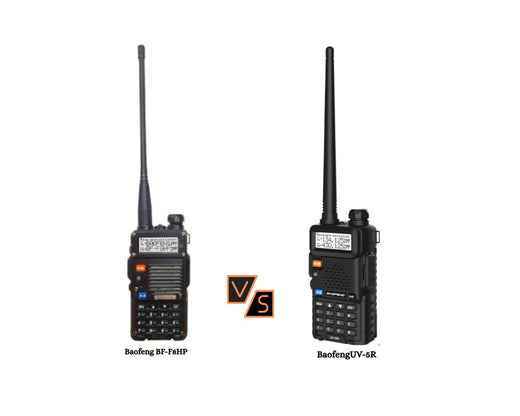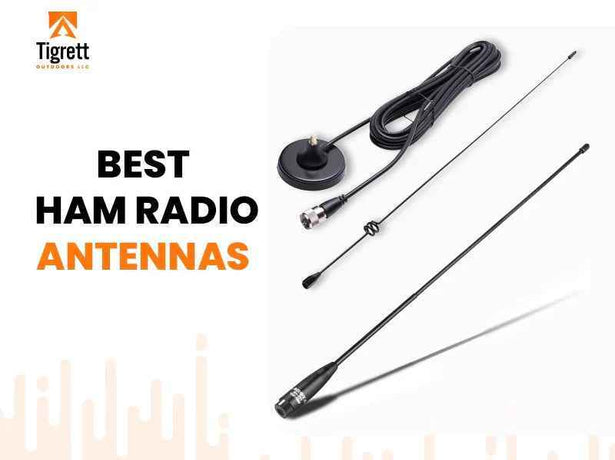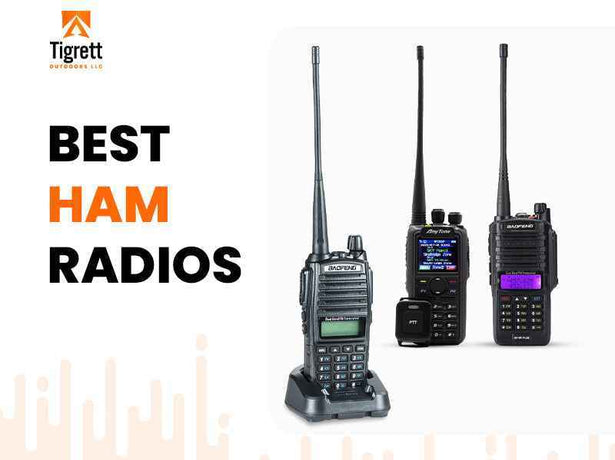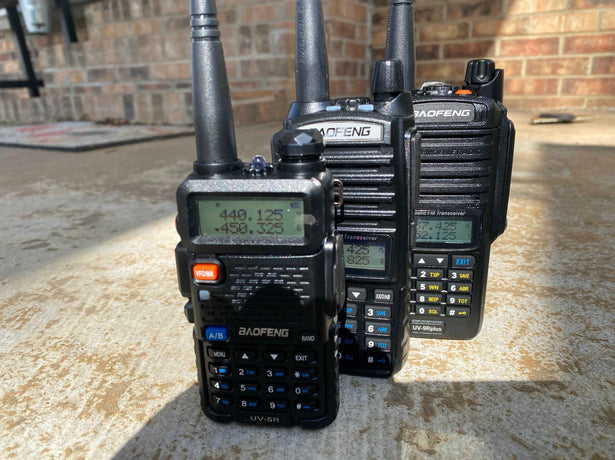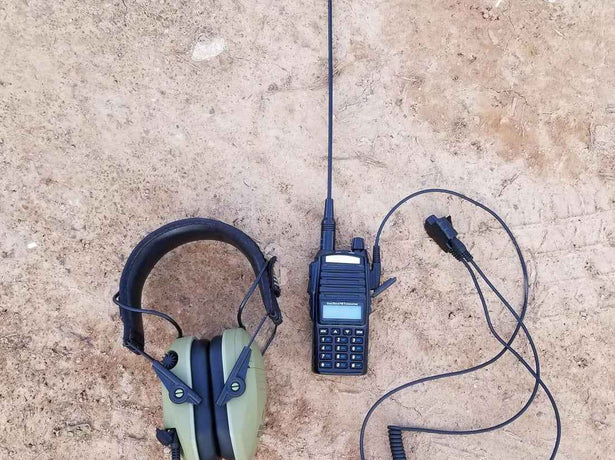When disasters strike, phones are dead, or the internet disappears. How do people communicate? People can communicate using ham radio, sending clear and simple radio signals over long distances.
But what is RTTY in ham radio? RTTY, meaning Radio Teletype, sends text over the radio using two tones. One represents "on," and the other "off." The military and businesses first used it.
Later, hams adopted it for contests, long-distance chats and emergency communication. Even today, RTTY remains a reliable tool when other signals fail.
This guide will explain how RTTY works and why it still matters. You’ll also learn how to use it to connect with the world.
What is RTTY on Ham Radio?
RTTY is a way for amateur radio operators to send text messages over radio waves.
Instead of using voice, it uses Frequency Shift Keying (FSK). FSK switches between two frequencies to represent different characters. This method allows real-time message transmission.
The idea behind RTTY comes from early 20th-century teleprinters. These machines used the Baudot code to send text over wires.
In 1922, the U.S. Navy tested a system to send messages over radio waves instead of landlines. By the 1930s, news agencies and the military used RTTY because it was faster than other text communication methods.
Amateur radio operators were not allowed to use RTTY until the 1950s. The Federal Communications Commission (FCC) eventually approved it.
Early RTTY systems required large, mechanical teleprinters. When personal computers became common in the 1980s, software replaced the bulky machines. This change made RTTY much easier to use.
Despite modern technology, many amateur radio operators still prefer RTTY. It is fast, reliable, and works well even with weak or noisy signals. It also helps operators to exchange messages quickly in contests.
DXing enthusiasts use RTTY to make contact with distant stations. Emergency response teams rely on RTTY for clear, readable messages when voice transmissions fail.
How RTTY Works?
Radioteletype works by switching between two frequencies. One frequency represents a “1” (called Mark), and the other represents a “0” (called Space).
In amateur radio, these two frequencies are usually 170 Hz apart. Commercial and military systems sometimes use different spacing, such as 85 Hz, 200 Hz, or 425 Hz. The choice depends on how much bandwidth they need and how clear they want the signal.
RTTY operates at 45.45 baud, which equals about 60 words per minute. Each character includes a start bit, five data bits, and one or more stop bits. This five-bit system, called Baudot code, was created in 1874.
It can handle 32 symbols, including letters and numbers. It uses a shift key to switch between them. Some newer RTTY systems use an updated eight-bit code called ITA2. This system is based on ASCII and allows for more characters.
RTTY signals can be sent in two main ways:
Frequency Shift Keying (FSK): The radio switches directly between two frequencies. This method produces a cleaner signal with less interference. It is the most popular choice.
Audio Frequency Shift Keying (AFSK): A computer or external device generates the Mark and Space tones. These tones then modulate a Single Sideband (SSB) radio.
RTTY is still widely used but is less efficient than modern digital modes like PSK31, FT8, and MFSK. It requires 250 Hz bandwidth, while PSK31 only needs 31.25 Hz and FT8 uses 50 Hz.
Standard RTTY Frequencies and Band Allocations
Radio TeleType uses Frequency Shift Keying (FSK) to send messages. This means the signal switches quickly between two frequencies:
Mark Frequency: The "on" signal
Space Frequency: The "off" signal
The difference between these two frequencies is 170 Hz. To receive a clear signal, operators must tune their receivers to the Mark frequency. Today, most RTTY software like MMTTY and FLDigi can automatically fine-tune these signals.
RTTY frequency allocations vary by region. Each country follows its own telecommunications regulations.
The International Telecommunication Union (ITU) provides global frequency guidelines.
In the United States, the Federal Communications Commission (FCC) allows RTTY across broad amateur bands. In Europe, regulations are more strict.
Essential Tools & Equipment for RTTY in Amateur Radio
You need the right equipment to operate the radio teletype in amateur radio. A transceiver, interface, software, and a suitable antenna are the key components for reliable digital communication.
Here’s how they play a crucial role in sending and revising RTTY signals effectively:
Transceivers:
A transceiver is the leading radio that sends and receives signals.
Modern HF transceivers support RTTY and come from brands like Icom, Yaesu, and Kenwood.
These radios offer strong Frequency Shift Keying (FSK) support, stable filtering and easy-to-use digital interfaces. It helps reduce interference and improve signal processing. As a result, communication becomes smoother and more efficient.
Interfaces
To connect a transceiver to a computer, you need an interface. This device handles audio and keying signals. Soundcard interfaces like the SignaLink USB and RigBlaster ensure stable audio transmission.
They help convert signals accurately and reduce delays while improving RTTY message decoding. Some transceivers, such as the Icom IC-7300, have a built-in USB sound interface.
This enables high-quality digital communication without the need for any extra hardware.
Software
If you want to decode RTTY signals, you have to rely on some software. RTTy programs like MMTTY and FLDigi are popular because they are efficient and contain helpful features. MMTTY has advanced filtering, which improves weak signal reception.
FLDigi supports multiple digital communication modes that give operators more flexibility. These programs use a computer’s sound card to process signals. This helps transmit a clear and precise text over RTTY frequencies.
Antennas
The antenna you use greatly affects RTTY performance. It determines how far your signals reach and how well they are received.
Dipole antennas are a popular choice because they work well on multiple bands. They provide stable transmission and reception for both short and long distances.
Vertical antennas transmit in all directions, which makes them ideal for long-distance communication.
By choosing the right equipment, you can improve your RTTY experience.
A good transceiver, reliable interface, efficient software and a well-matched antenna will help you make clear and effective communication.
How to Transmit and Receive RTTY
You can send and receive RTTy signals using the right equipment and have a basic understanding of how the system works.
The equipment includes a transceiver, a computer with RTTY decoding software and the correct setup to make sure clear communication.
Setting Up an RTTY Station
The transceiver has to connect to a computer running software like MMTTY or FLDigi. There are two primary methods for sending RTTY signals:
- Audio Frequency Shift Keying (AFSK)
-
Frequency Shift Keying (FSK).
AFSK generates audio tones that pass through the transceiver’s microphone input. This method requires precise adjustment of audio levels to prevent distortion.
FSK keys the transmits directly which makes the signal more stable and easier to filter.
When using AFSK, the transceiver should be set to Lower Sideband (LSB) mode, while FSK users should select the FSK mode.
Proper tuning and disabling speech processors help maintain a clean and readable signal.
Calling CQ on RTTY
When calling for contacts on RTTY, operators send a CQ call to invite responses.
The standard format is "CQ CQ CQ DE PSE K." This message announces your call sign and tells that you are ready to receive a reply.
The term "PSE" (short for "please") is a courtesy, while "K" signals that the transmission is complete. After sending the CQ call, operators must wait for a response, as others may need time to tune their receivers.
You can send and receive RTTY signals by setting up the equipment and following the standard procedures. This helps communicate in a clear and effective way.
Advanced RTTY Techniques
Ham Radio Teletype is a powerful way to communicate using radio signals. To achieve the best performance, operators must understand advanced techniques and troubleshooting methods.
One of the most important choices in RTTY operation is whether to use Frequency Shift Keying (FSK) or Audio Frequency Shift Keying (AFSK). FSK works by directly changing the frequency of the transmitter, which creates a cleaner and more stable signal.
On the other hand, AFSK produces audio tones that control the transmitter in Single Side Band (SSB) mode. While AFSK can work well, it sometimes causes distortions if not correctly set up. Because of this, FSK is usually the better option for clearer communication.
The quality of an RTTY signal depends heavily on band conditions. Factors like solar activity, time of day and weather in the upper atmosphere can affect how well signals travel. Sometimes, signals fade or become distorted which makes communication difficult.
Operators need to monitor these conditions and be ready to adjust frequencies or change transmission times to keep their messages clear and reliable. One way to improve RTTY reception is by using narrow filters, typically around 250 Hz.
These filters help block out interference from nearby signals which makes it easier to decode the intended message. Without filtering, overlapping transmissions can make it challenging to read incoming text. A well-chosen filter ensures the signal stays sharp and understandable.
Common Issues & Fixes
If an RTTY signal is weak or distorted, there are several ways to troubleshoot the issue.
First, checking all equipment connections is essential. A loose cable or misconfigured setting can cause serious problems.
The transceiver must be properly set up for RTTY mode, with the correct frequency and mode settings.
Sometimes, local interference from electronic devices or power lines can disrupt signals, so identifying and reducing these sources of noise can help.
Adjusting the antenna’s direction or using an antenna tuner can also make a big difference in reception.
Finally, keep the decoding software updated and properly configured to make sure that incoming signals are interpreted accurately.
RTTY in Modern Ham Radio
Ham Radio teletype remains an important part of amateur radio today. When voice communication is difficult or impossible, RTTY is often the best option.
During emergencies, weak signals and heavy interference can make voice transmission unreliable. RTTY allows operators to send text messages clearly and dependably. This makes it a vital tool for passing critical information when every second counts.
Technology has also improved RTTY over time. Software-defined radio or SDR allows operators to control RTTY transmissions remotely.
With an internet connection, they can adjust settings, monitor signals and manage stations from anywhere. SDR has made RTTY more flexible helping operators avoid traditional radio setups.
These modern modes offer better error correction and efficiency. However, RTTY is still widely used because it is simple, reliable and familiar.
FAQs
RTTY is one of the oldest digital modes in ham radio. Here are some common questions answered about its uses, frequencies, decoding methods and transmission modes:
What is RTTY in Ham Radio used for?
RTTY (Radio Teletype) is used for sending text over radio waves. Hams use it for contesting, DXing, emergency communication and exchanging digital messages.
What is the best frequency for RTTY?
The best RTTY frequencies depend on the ham radio band, but common ones include 14.080 – 14.099 MHz (20m band), 7.035 – 7.043 MHz (40m band) and 3.580 – 3.600 MHz (80m band).
What is the difference between RTTY and CW?
RTTY transmits digital text using Frequency Shift Keying (FSK), whereas CW (Continuous Wave) uses Morse code signals. RTTY is faster but requires decoding software, while CW can be decoded by ear.
How do I decode RTTY signals?
You can decode RTTY using software like MMTTY, FLDigi or HRD. The process involves tuning into an RTTY frequency, ensuring proper mark and space-frequency alignment and using a soundcard or FSK interface.
Is RTTY always transmitted in LSB (Lower Sideband)?
Below 10 MHz, RTTY is usually in LSB. Above 10 MHz, it is in USB. Some operators use USB for convenience, especially with software-defined radios (SDRs).
What is the speed of RTTY?
The most common RTTY speed is 45.45 baud, equivalent to about 60 words per minute (WPM). Other speeds like 50 and 75 baud are also used in specific applications.
What is the difference between FSK and AFSK in RTTY?
FSK (Frequency Shift Keying) directly shifts the transmitter's frequency and offers a cleaner, more stable signal.
AFSK (Audio Frequency Shift Keying) generates tones via the soundcard and modulates the radio in SSB mode that may create distortions.
What are the standard RTTY settings for amateur radio?
The standard RTTY settings for amateur radio use a 170 Hz shift with a baud rate of 45.45 baud (about 60 words per minute). The mark frequency is set at 2125 Hz and the space frequency is 2295 Hz.
Final Thoughts
RTTY is a fascinating and long-lasting digital mode in amateur radio. Despite the rise of newer digital communication methods, RTTY remains popular.
It is especially favored in contests and DXing. This mode is simple, reliable and rich in history. That makes it an excellent choice for both beginners and experienced operators.
Like any radio mode, practice improves your skills. Whether you're hunting rare stations, joining RTTY contests, or having casual conversations, experience matters. Keep experimenting and adjusting your setup. Connect with others who enjoy the mode.

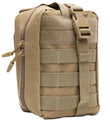
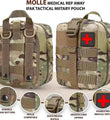
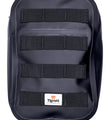
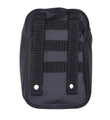
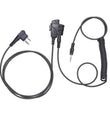
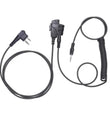
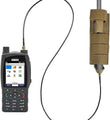
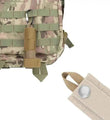
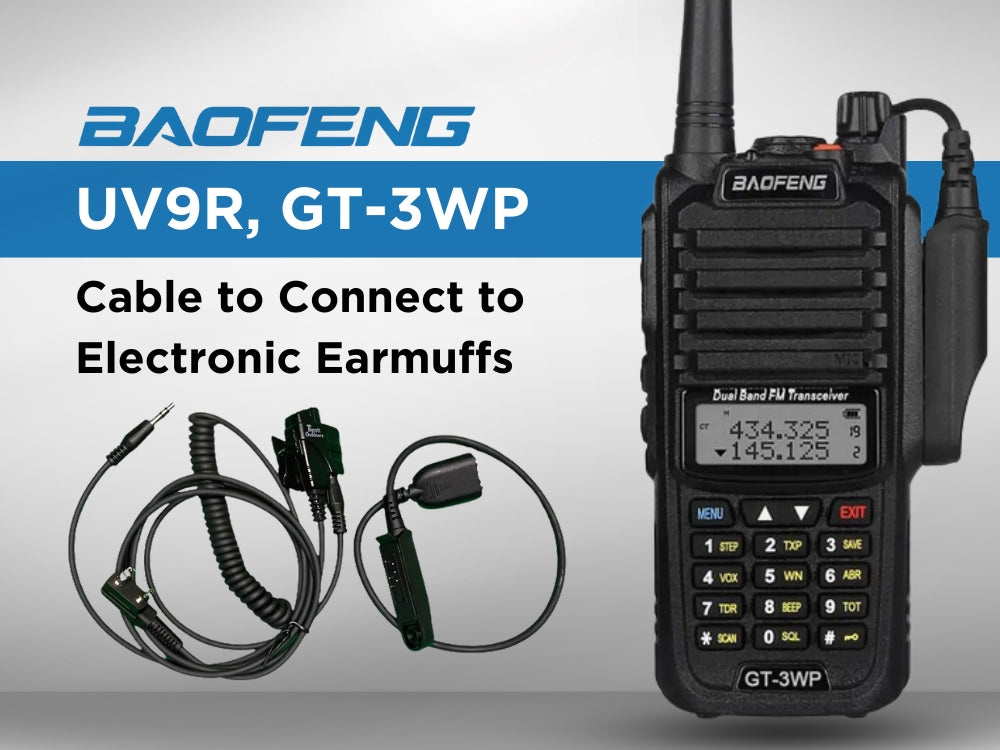
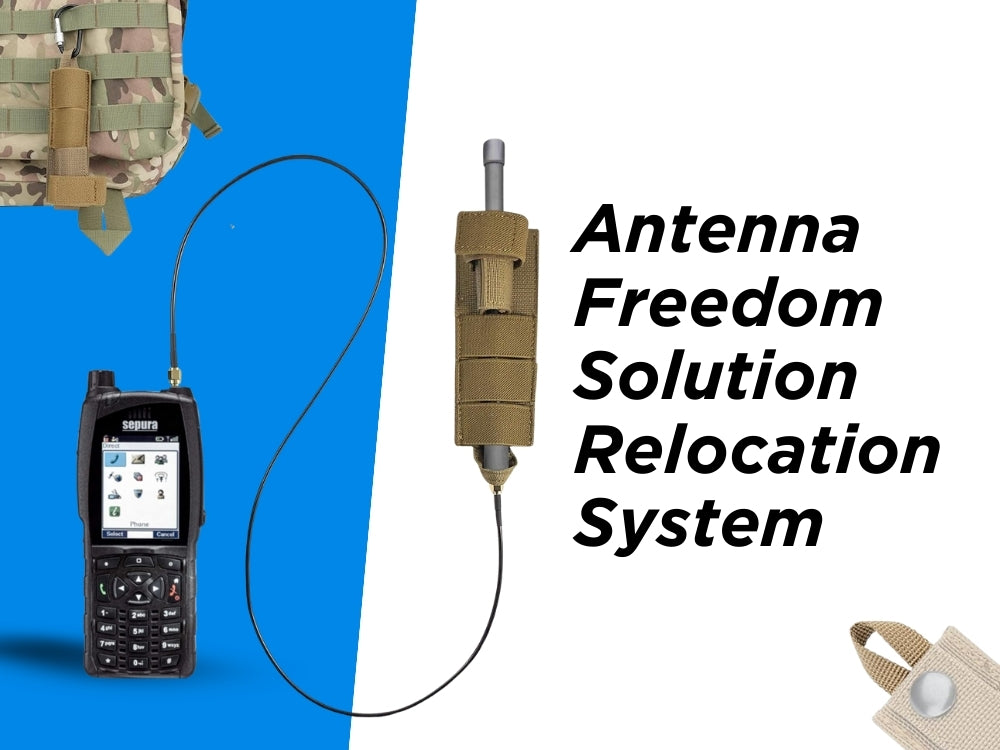
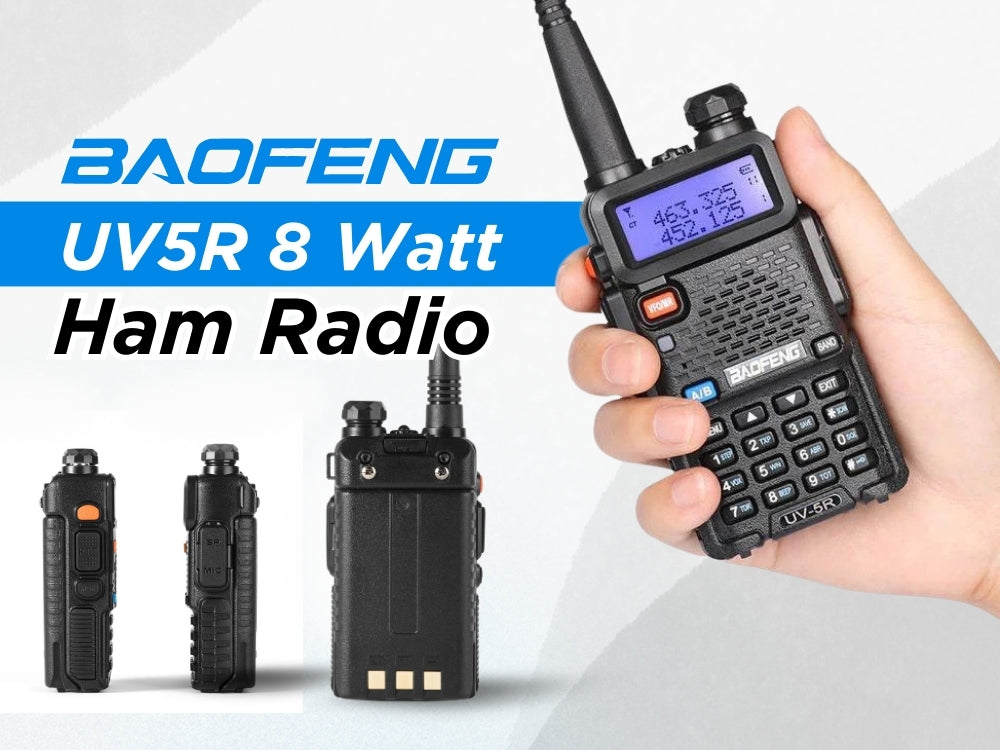
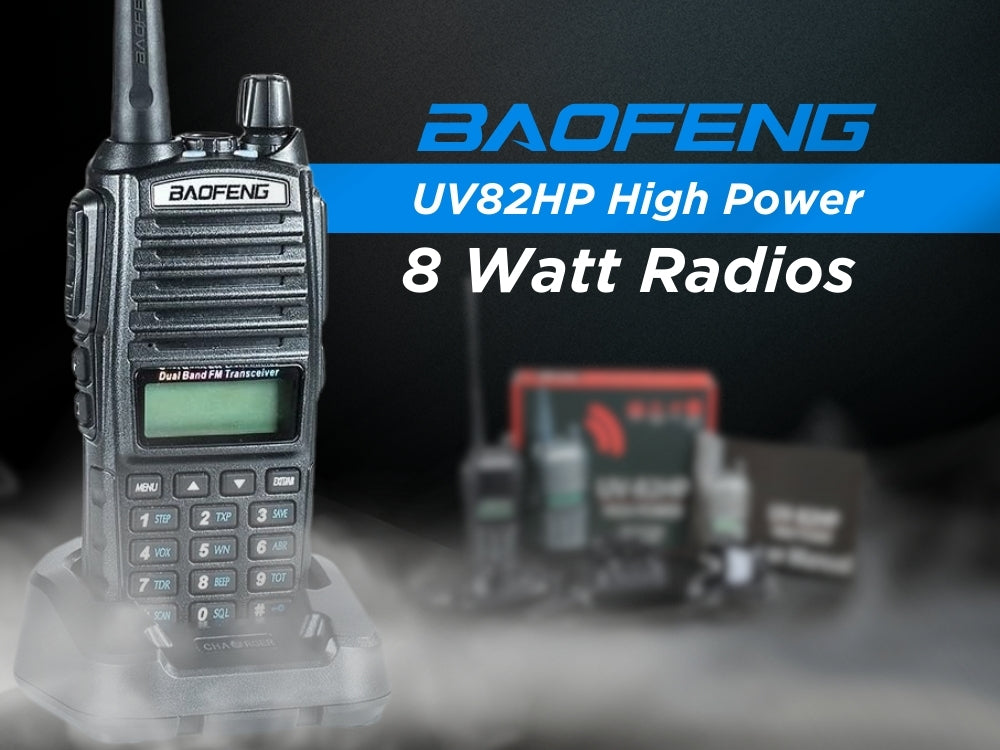
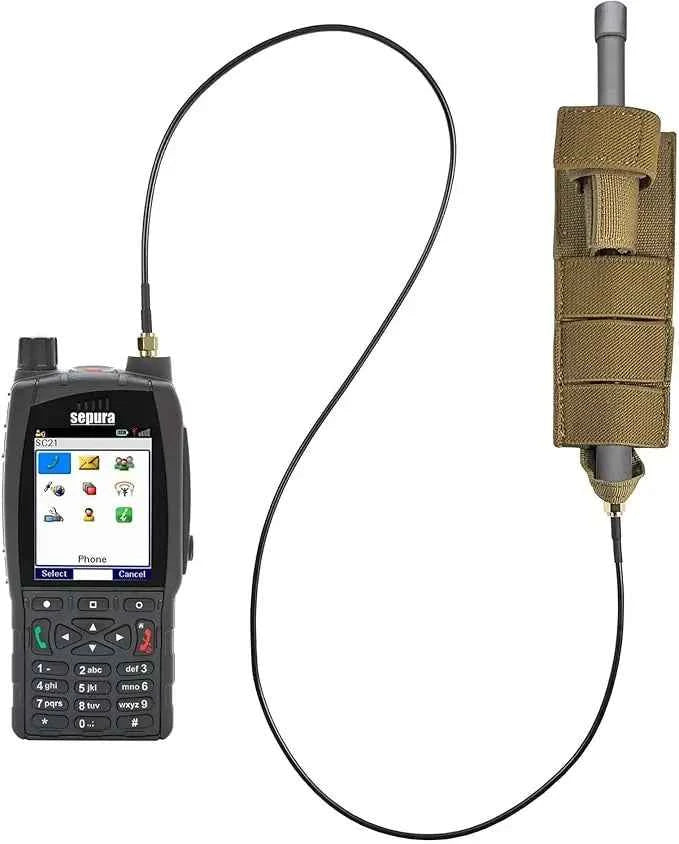





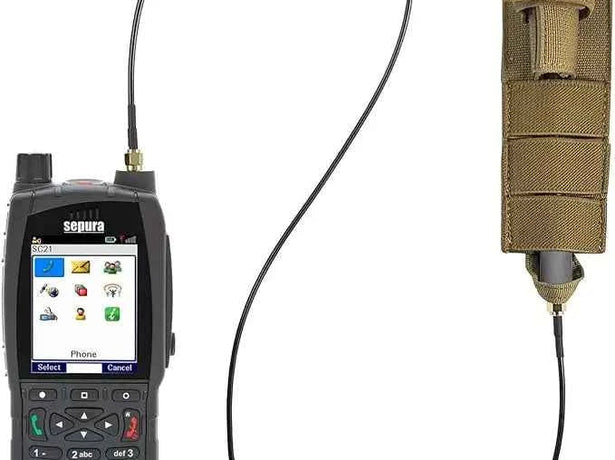
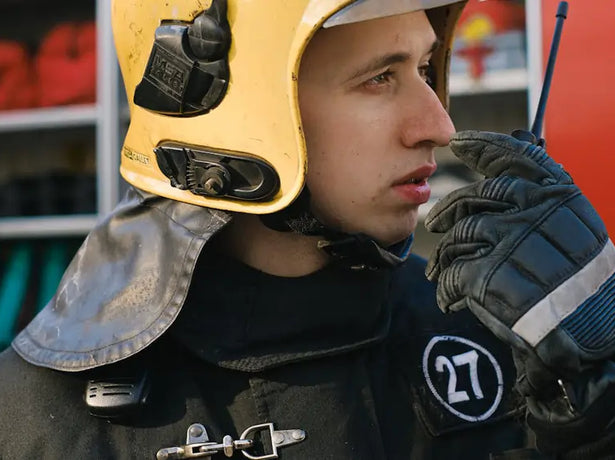
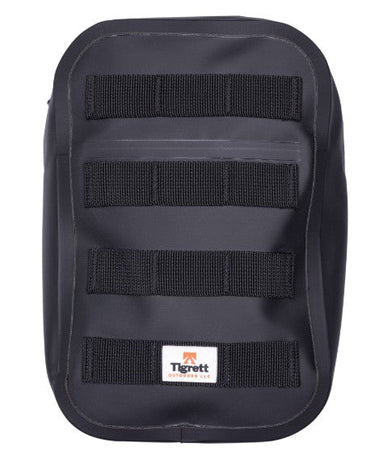
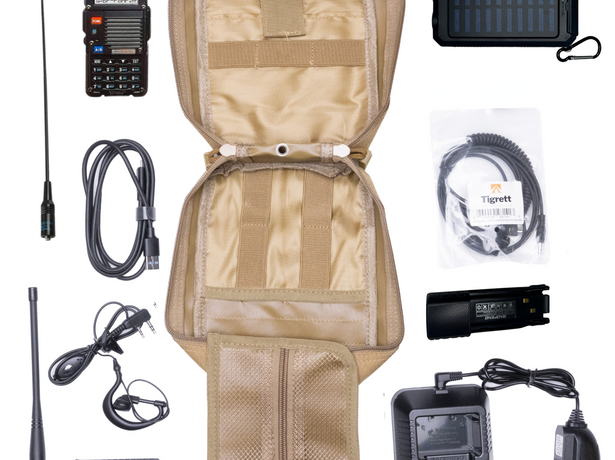
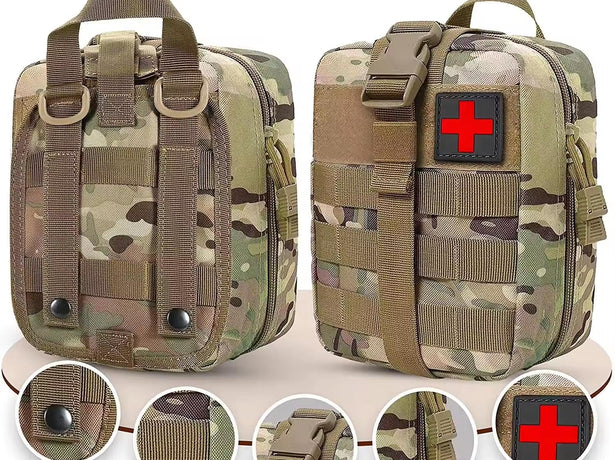
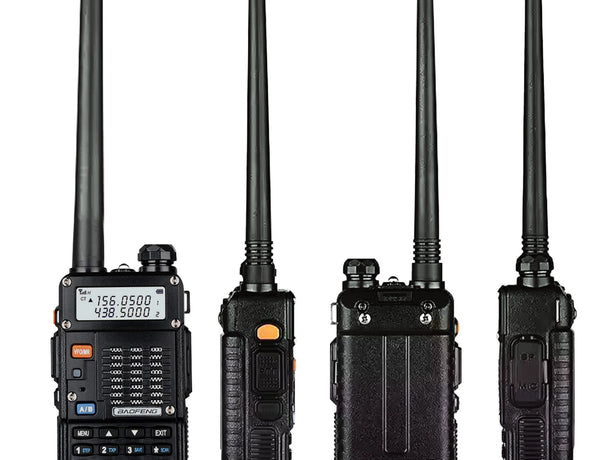
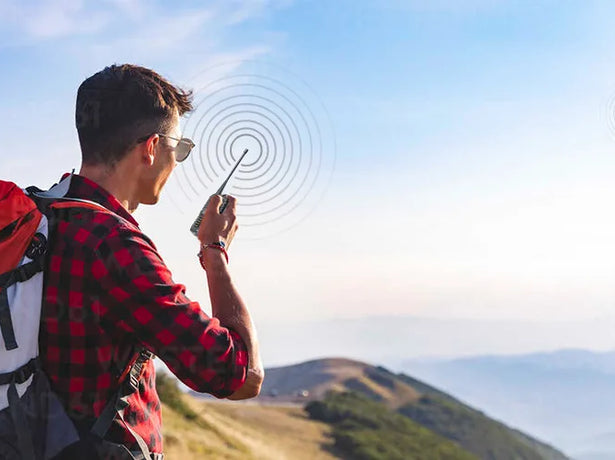
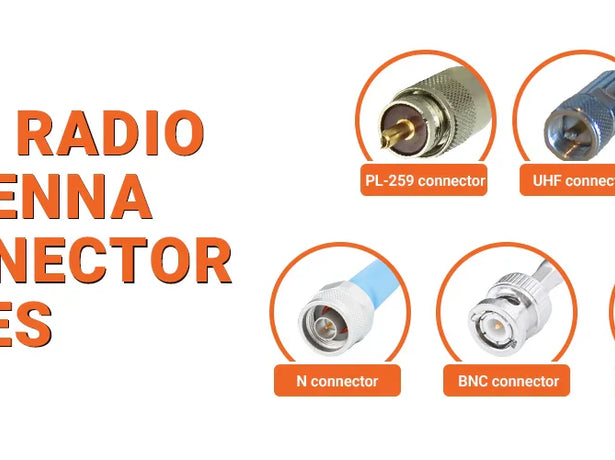
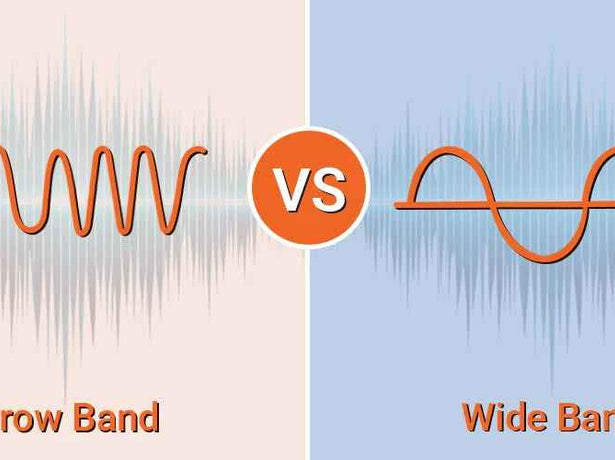

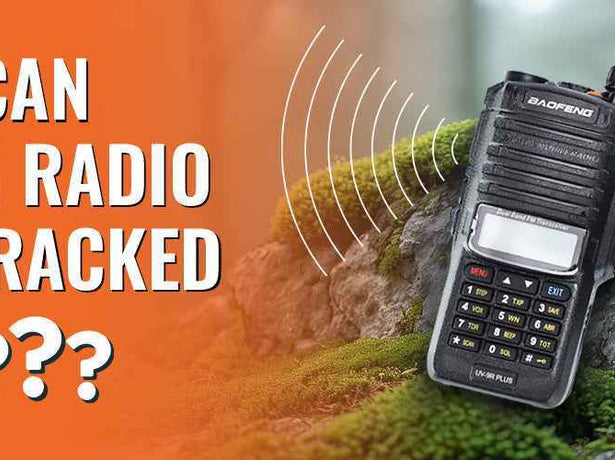


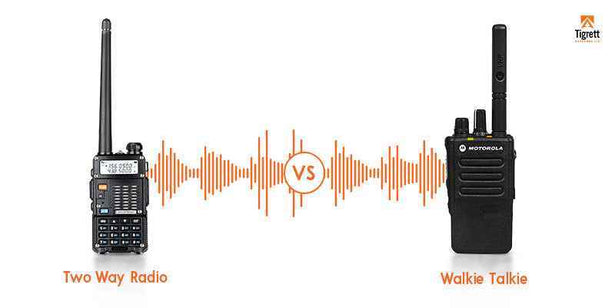
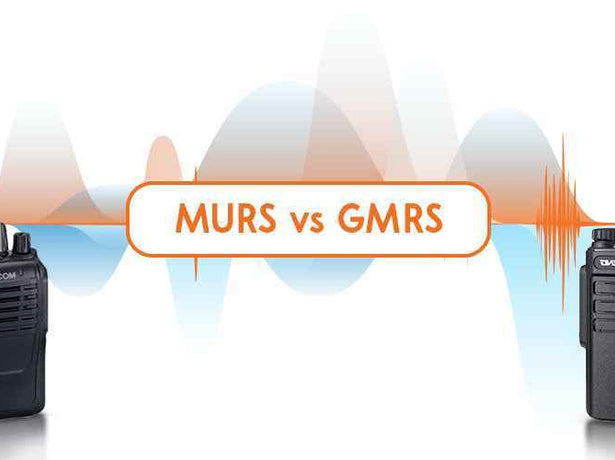
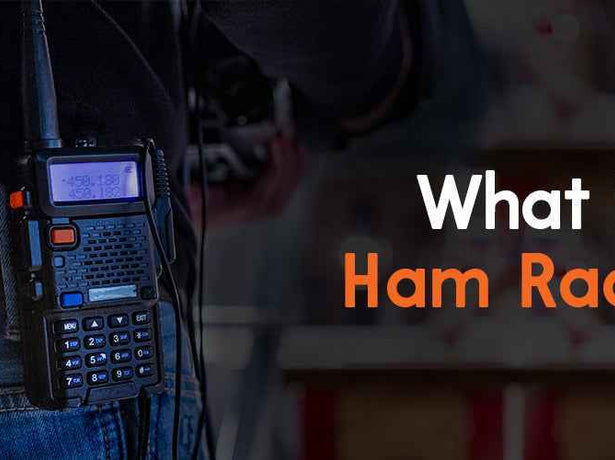
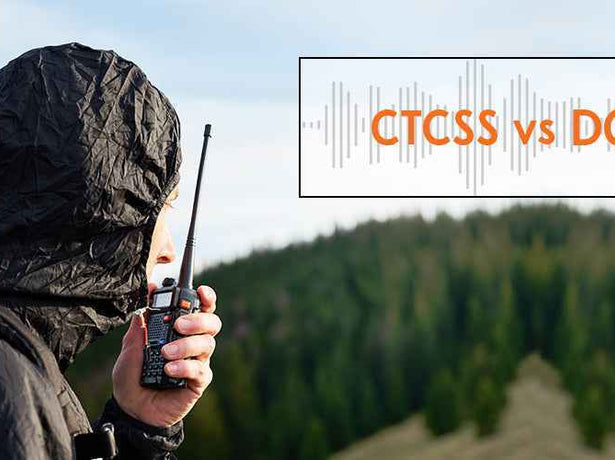
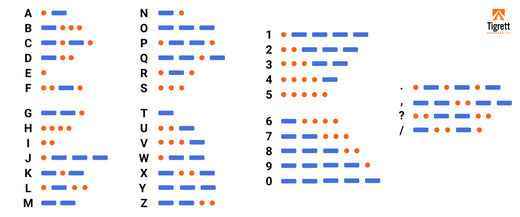
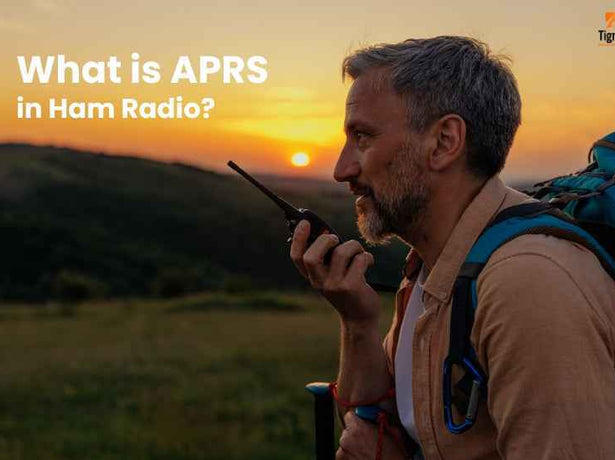
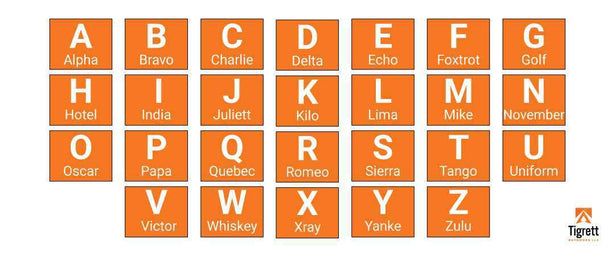
![What Does 73 Mean in Ham Radio? [Explained]](http://tigrettod.com/cdn/shop/articles/1741427464_615x460_crop_center.jpg?v=1741427465)
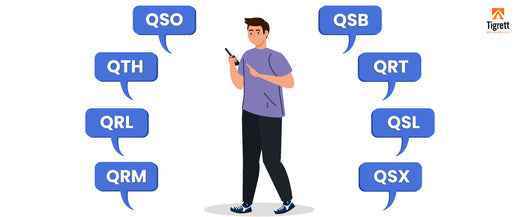
![How Much Does a Ham Radio Cost? [Everything Explained]](http://tigrettod.com/cdn/shop/articles/1741427457_615x460_crop_center.jpg?v=1741427458)
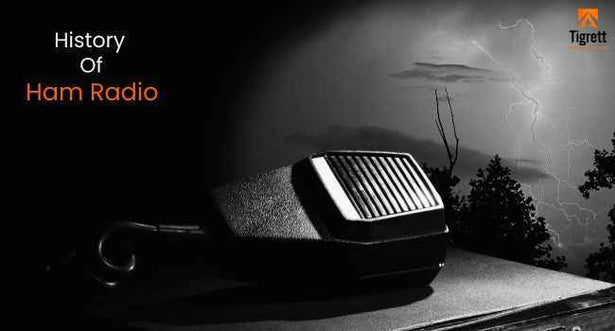
![How To Renew Ham Radio License? [Before the FCC Thinks You Vanished]](http://tigrettod.com/cdn/shop/articles/1741427449_615x460_crop_center.jpg?v=1741427450)
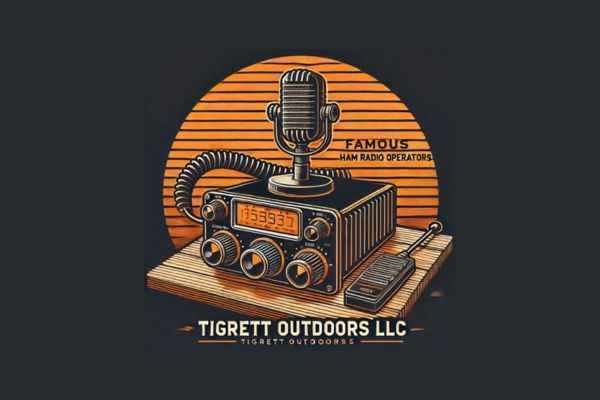
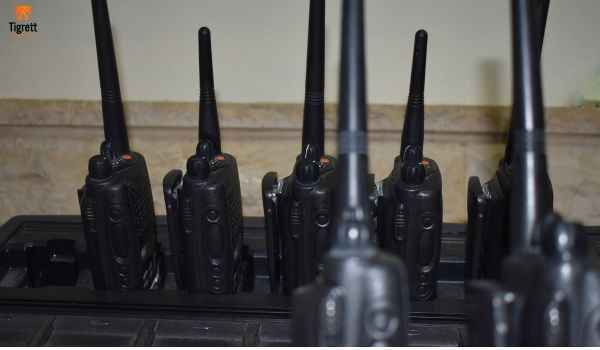
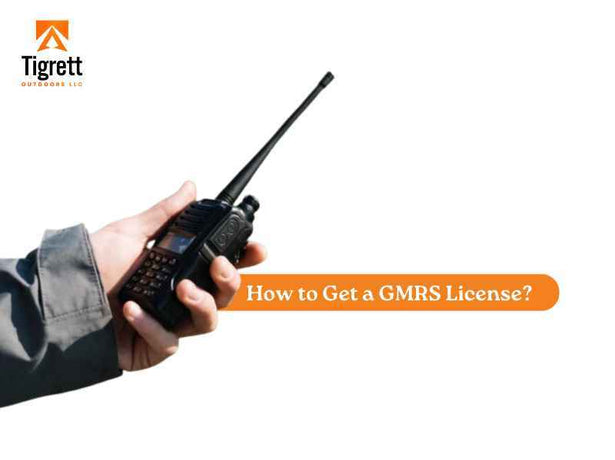
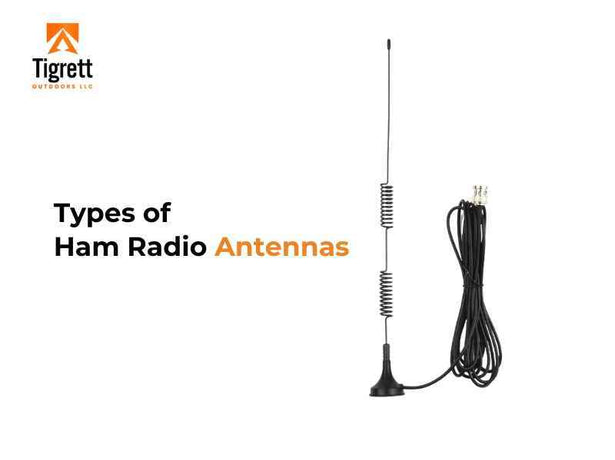
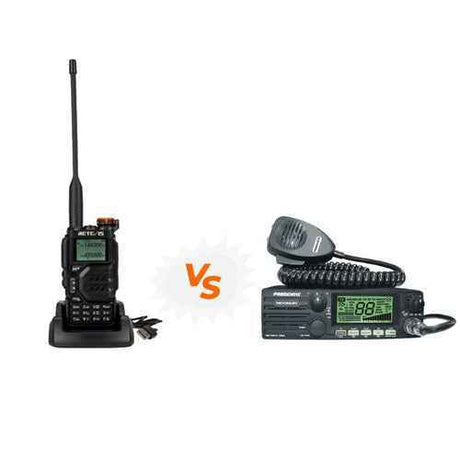
![Why the Height of a VHF Radio Antenna Is important? [Explained]](http://tigrettod.com/cdn/shop/articles/1741427428_615x460_crop_center.jpg?v=1741427429)
![How to Use Baofeng UV-5R as a Walkie Talkie? [Explained]](http://tigrettod.com/cdn/shop/articles/1741425757_615x460_crop_center.jpg?v=1741425758)
